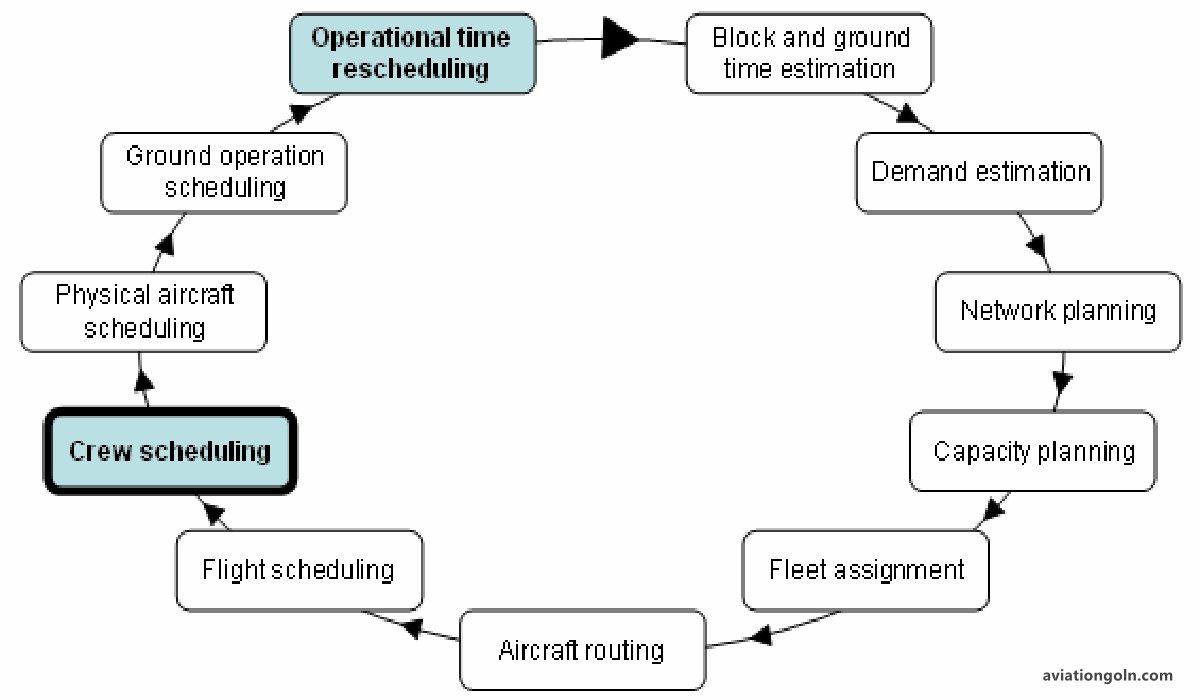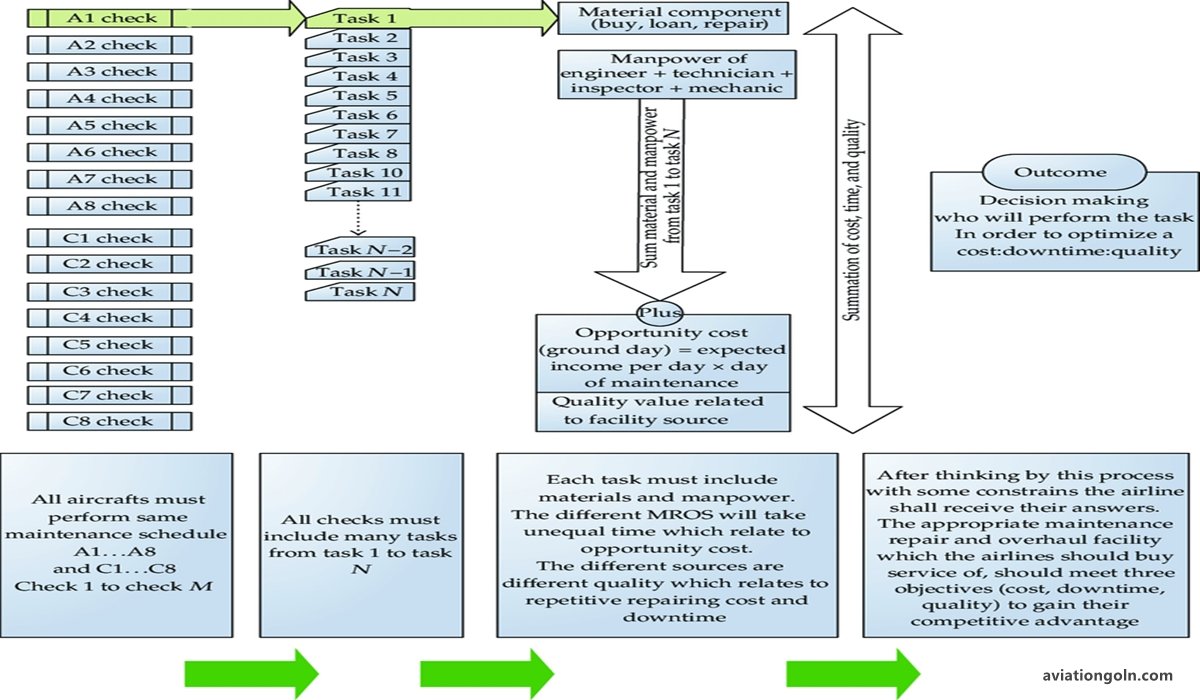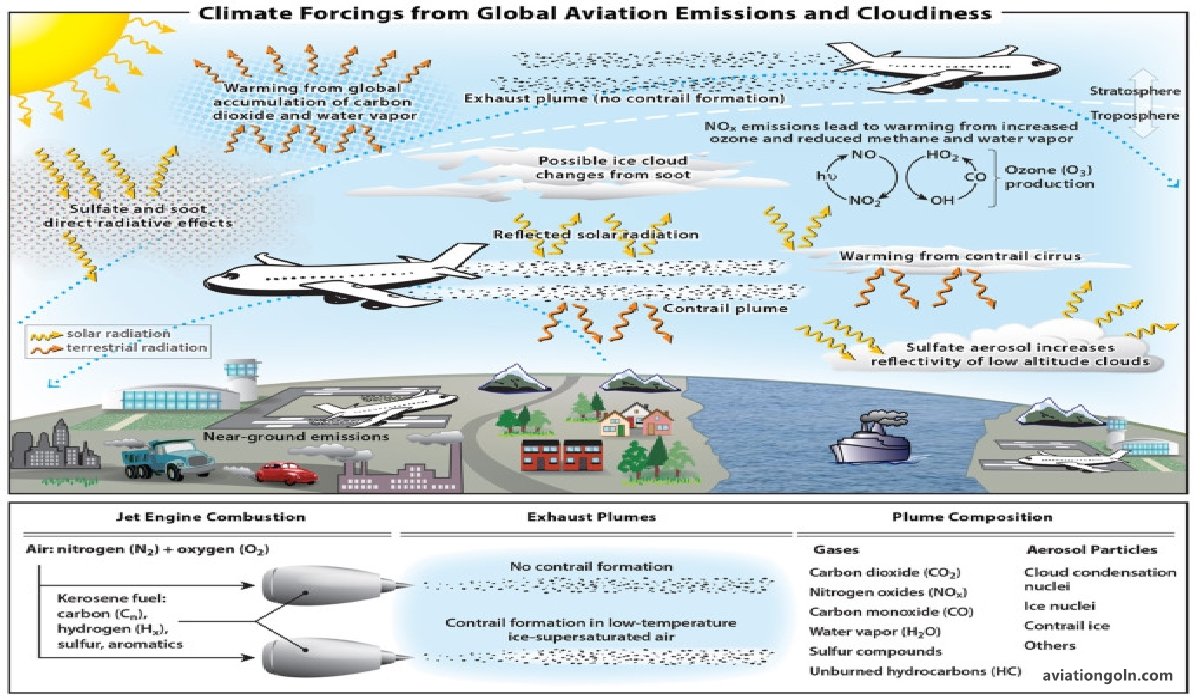Airline Scheduling Techniques: The intricate web of airline routes that crisscross the globe is not a product of random chance. It’s the result of meticulous planning, robust mathematical modeling, and dynamic scheduling techniques that ensure efficiency and profitability. This article delves into the complex world of airline scheduling techniques, focusing on the critical aspects of airline network and schedule planning.
Airline Scheduling Techniques: Airline Network and Schedule Planning
1. Introduction
Airline scheduling is akin to fitting pieces of a vast jigsaw puzzle, where the pieces are flights, aircraft, crew, and the operational constraints of the airline and airports. It is a dynamic challenge, constantly changing due to external factors like weather, demand, geopolitical events, and economic variables. At its core, the process aims to optimize the use of resources while ensuring passenger satisfaction and regulatory compliance.

2. Basics of Airline Network Planning
The network of an airline refers to the combination of routes it operates. Network planning decisions involve choosing which markets to serve, the frequency of service, and the capacity (size of aircraft) to be deployed.
2.1. Route Analysis and Selection
Selecting which routes to operate is the first step. It’s informed by:
- Market Demand: Using historical data, market surveys, and forecasting tools, airlines gauge the potential demand on a particular route.
- Profitability: Not all routes with demand are profitable. Airlines must consider factors like competition, price elasticity, and costs.
- Strategic Importance: Some routes might serve as feeders for more profitable, longer routes or can be essential for the airline’s strategic positioning.
2.2. Frequency and Capacity Decisions
Once routes are selected, the airline decides the frequency of flights and the type of aircraft to deploy. Factors influencing these decisions include:
- Demand Fluctuations: For routes with peak seasons, airlines might increase frequencies during high demand and reduce them during off-peak times.
- Aircraft Availability: An airline’s fleet composition can limit its capacity choices.
- Competition: If a competitor offers more frequent services, an airline might adjust its schedule to remain competitive.

3. Airline Schedule Planning
This is where the rubber meets the runway. Schedule planning involves determining exact timings for each flight, ensuring resource availability, and maximizing efficiency.
3.1. Slot Allocation
Airports can handle a limited number of takeoffs and landings in a given time. Airlines request slots from airport authorities, often well in advance. In congested airports, slots become a valuable resource, and their allocation can significantly affect an airline’s operations.
3.2. Fleet Assignment
Once timings are fixed, airlines assign specific aircraft to each route. This task needs to consider:
- Operational Restrictions: Some routes might require aircraft with longer ranges or specific onboard amenities.
- Maintenance Schedule: Aircraft require periodic checks. Schedules must ensure that aircraft are available for maintenance without disrupting operations.

3.3. Aircraft Rotation
This involves creating a plan for each aircraft, determining its sequence of flights. The aim is to maximize aircraft utilization while ensuring it returns to its home base periodically.
3.4. Crew Scheduling
Crew schedules are subject to regulatory constraints, including maximum working hours and mandatory rest periods. Airlines use optimization algorithms to generate crew rosters that meet these regulations while optimizing for cost and efficiency.

4. Techniques and Tools for Schedule Planning
4.1. Mathematical Optimization
Airline scheduling problems are often formulated as mathematical models, typically linear or mixed-integer linear programs. These models aim to optimize specific objectives (e.g., maximizing profitability) while satisfying constraints (e.g., aircraft availability).
4.2. Simulation
Simulation tools allow airlines to model different scenarios and analyze the potential outcomes of various decisions. This is particularly useful for understanding the ripple effects of disruptions.
4.3. Machine Learning and AI
With vast amounts of data available, airlines are increasingly leveraging machine learning algorithms to predict demand, optimize pricing, and even suggest schedule adjustments in real-time.

5. The Impact of External Factors
5.1. Economic and Geopolitical Factors
Economic downturns can reduce travel demand. Similarly, geopolitical events, like conflicts or diplomatic disputes, can necessitate route adjustments.
5.2. Environmental Considerations
With increasing emphasis on sustainability, airlines might adjust schedules to optimize for fuel efficiency or to comply with noise restrictions.
5.3. Health and Safety
Events like the COVID-19 pandemic underscored the importance of agility in airline scheduling. Fluctuating demand, health regulations, and border controls can necessitate rapid schedule adjustments.

Airline scheduling is a complex, dynamic, and essential component of airline operations. It melds mathematical rigor with strategic insight, all while navigating a maze of constraints and challenges. As technology advances and the aviation landscape evolves, airlines will continue to refine and adapt their scheduling techniques to fly efficiently into the future.
Read more:
